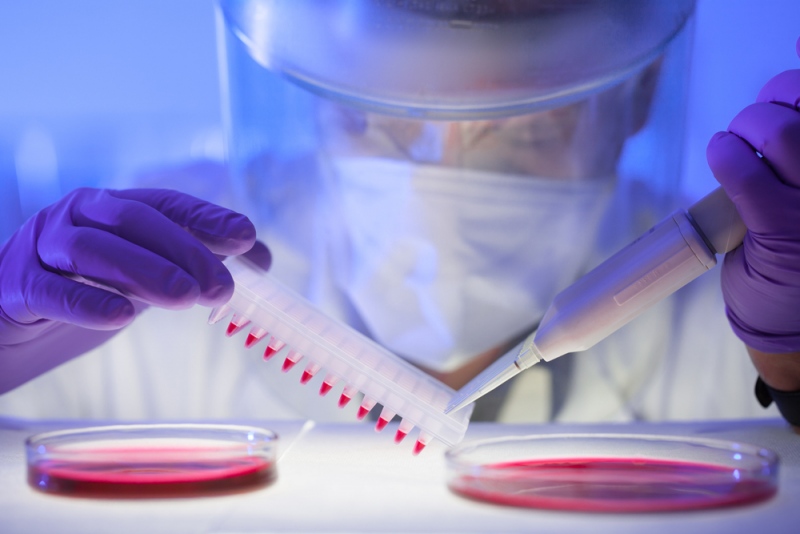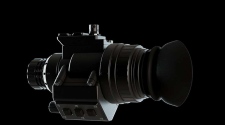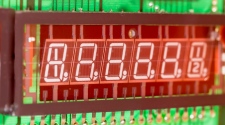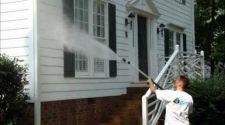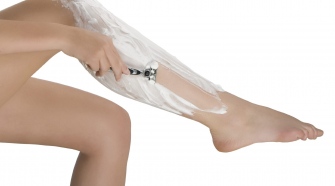Research labs are spaces that require very specific temperatures and equipment to maintain safety and longevity of samples and testing materials. Sometimes, and due for a wide variety of reasons, a lab needs to move. It can because of acquiring more space, funding has been cut, or another geographical location is more conducive for the testing. When a lab moves, the lab movers have to ensure that the same environments are maintained in transit. Today we are taking a closer look at what it means to move and the variety of situations that can arise.
Maintaining a Chill
Whether a lab is building DNA from scratch or testing tissue from those who were infected with a monstrous disease, many labs need to be chillier than other environments. The slightest change in the temperature of the lab can create a catastrophe. Tissue samples could be permanently damaged and untestable. Some tools and machinery could malfunction or need major repairs. Lab movers have to be able to ensure the integrity and safety of every cold lab they choose to move. One false move can result in millions of dollars in damage and years of research setback and breakthroughs take longer to find.
The Hot Lab
Some labs need a more moderate temperature or even hot temps in order to function properly. Working with lasers, in some cases, require moderate temperatures. Tropical plants, insects, or animals certainly need a hot and humid environment to thrive for testing. Some of the equipment must also not ever get too cold or it can malfunction.
Safety First
Many of the samples, machinery, and tools are worth a lot of money. The machinery and tools are often designed specifically for lab research and are not easy to replace, let alone repair. Lab movers have to take extra care to keep all of the items as safe as possible so that the lab can be up and running in a new location quickly. What about a lab that is moving to a 3rd world country or a makeshift lab is being set up? That brings about all sorts of issues that one must be prepared to handle and protect the samples and tools.
When Money Is Cut
It is unfortunate but there are times when funding for a specific lab or research team is cut. There can be a million reasons why they lose some money but that makes every sample and tool even more valuable to them in order to keep pushing forward with limited resources. Moving to a smaller facility or a facility in a more affordable area is often the first decision made. Lab movers are faced with serious pressure to properly care for every item. We aren’t talking about setbacks or losing money if a lab mover accidentally destroys samples or tools, the research team can find themselves completely without a job.
Research laboratories are like their own environment altogether. The team must keep the climate just right, all the tools safe, safety protocols to protect the scientists and assistants, and nothing can mess up that balance. However, if they need to move, there are capable lab movers who have years of expertise in caring for the samples and tools. Everyone has a key role that can lead to the ultimate success of every research lab they are involved with.


